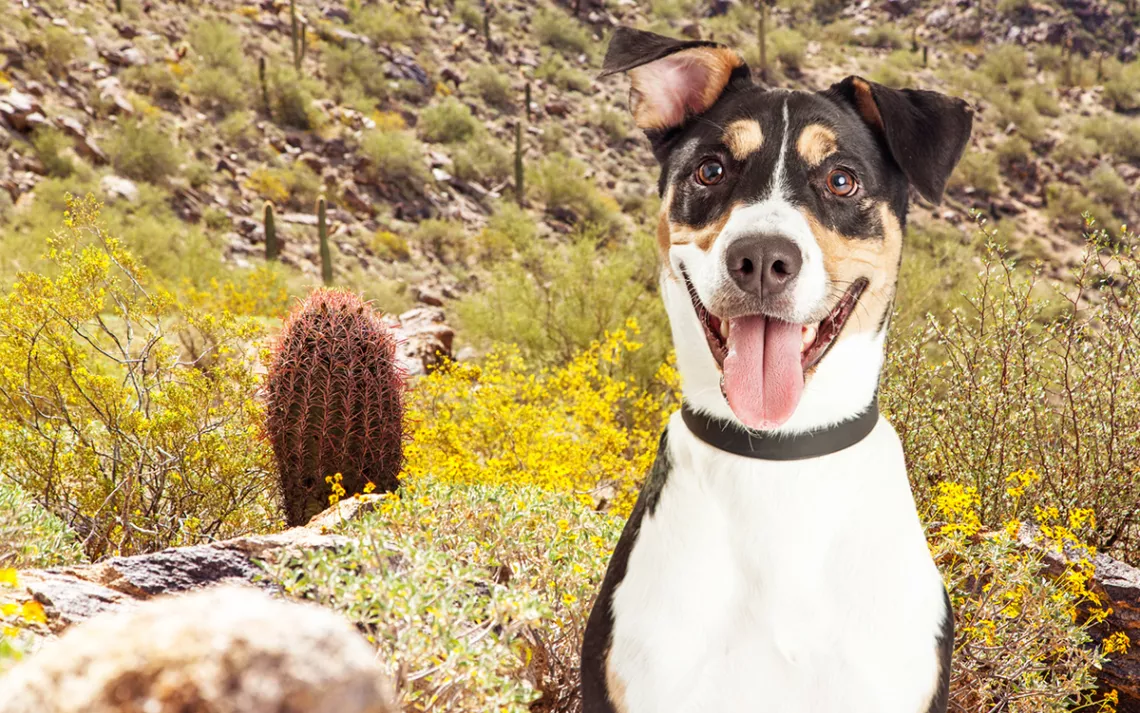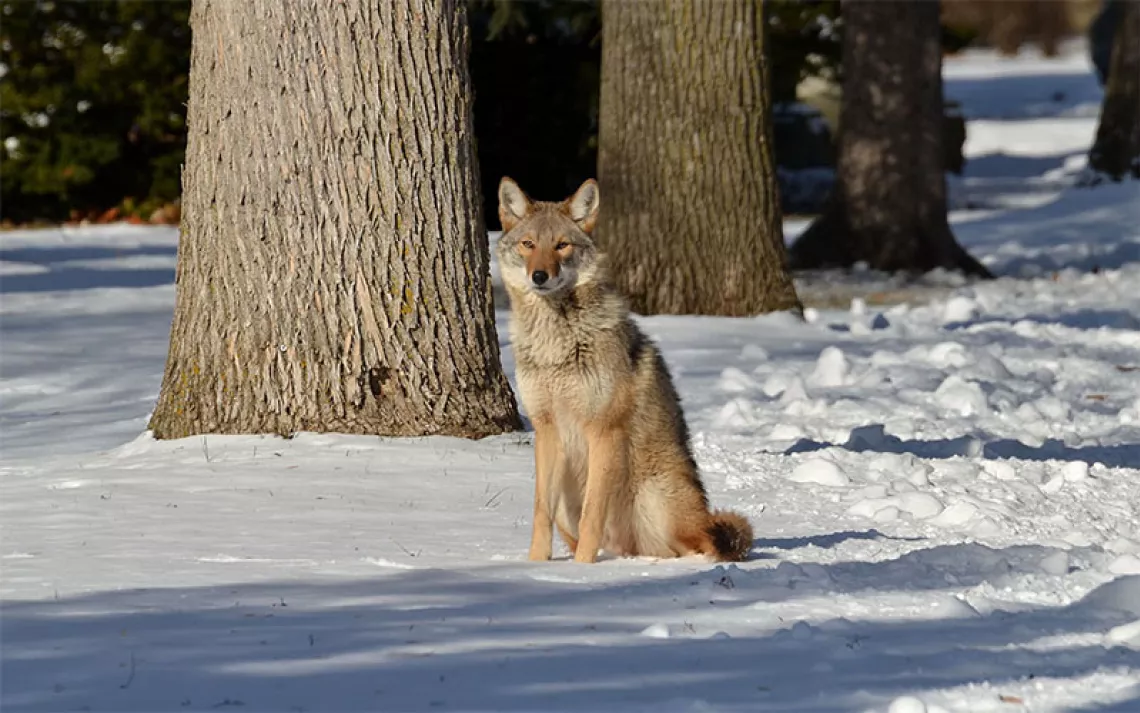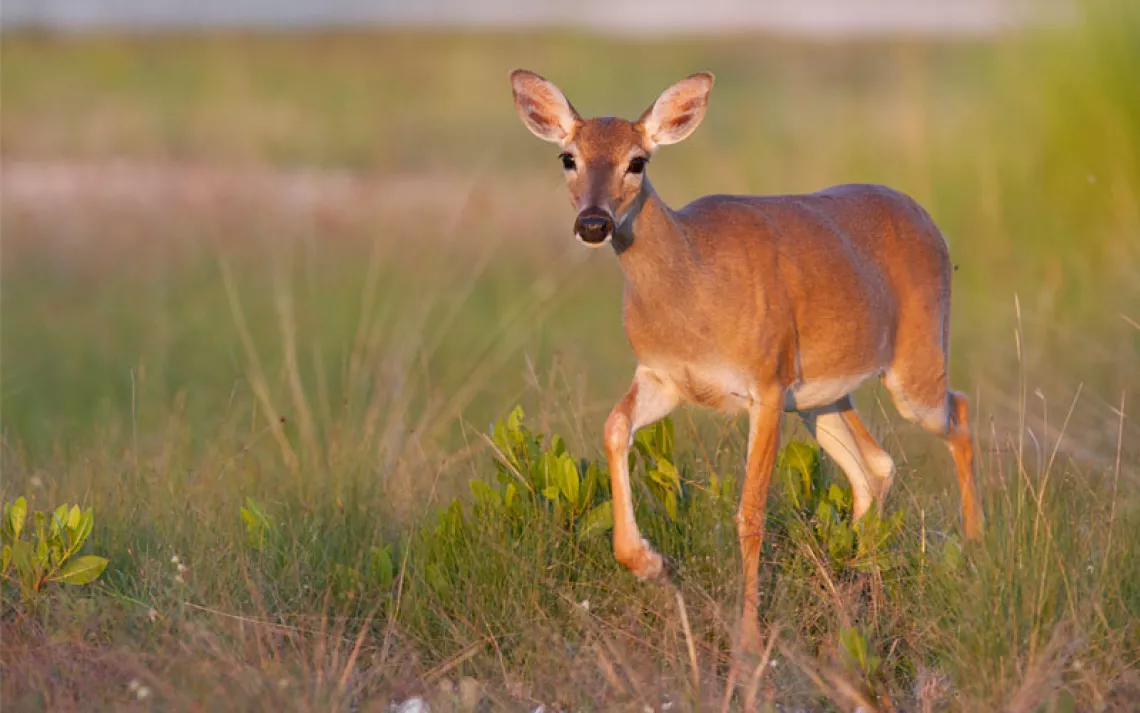Bad Dog
A new study examines the wildlife impacts of free-range canines

Photo by iStock | A Dog's Life
Wilderness is great. Dogs are great. The temptation to mix the two is great. But bad news for dog lovers: Science says that dogs have a bigger effect on your favorite wild places than many people realize.
A new study published in the journal Biological Conservation found that dogs are a known or potential danger to at least 188 different animals, including birds, reptiles, and amphibians as well as mammals—and they’ve already contributed to 11 extinctions.
Domestic dogs, particularly those allowed to roam free, can have a direct impact on wildlife as predators. However, that isn’t the only way dogs can disrupt ecosystems. They can also alter the behavior of wild animals around them, spread diseases such as rabies and canine distemper, and in some cases even hybridize with wild canine species.
If you’re more used to hearing about feral cats as a threat to wildlife, you’re not alone. “Funnily enough, this started with cats,” says Tim Doherty of Australia’s Deakin University, one of the study’s authors. “I’ve done a lot of research on feral cats, but last year we did a study that was broader in scope, looking at the impacts of all different types of invasive mammalian predators across the globe. One thing that came out of that study that surprised for me was that after cats and rats, dogs were ranked as the third-most damaging invasive mammalian predator. That was the motivation for the current study.”
The study used data from the IUCN Red List database, the global authority on the conservation status of plants and animals, to assess the effects of domestic dogs on threatened vertebrate species worldwide. The researchers found that hotspots for species threatened by dogs include Southeast Asia and Central America, but examples exist closer to home as well, with an endangered chipmunk in Nevada and the American crocodile making the list (crocodiles may grow big eventually, but they start life small enough to make a perfect snack for a hungry stray). Species with few native predators are especially vulnerable, like New Zealand’s kiwi, a flightless bird with no defenses against invasive carnivores.
Doherty and his colleagues hope to see more research on dogs’ effects on understudied groups like reptiles and amphibians, and on the role played by factors such as urbanization and road construction. Educating communities on responsible dog ownership is crucial, especially in developing countries, where dogs tend to be less regulated.
You can do your part by ensuring that your dog is vaccinated, neutered, and on a leash when visiting the great outdoors. “For the most part, dogs that are leashed and hiking with their owners have relatively mild impacts on wildlife,” according to Arielle Parsons of the North Carolina Museum of Natural Sciences, the lead author of a study published last fall that looked at the effects of dogs in protected areas in eastern North America. “They will still enjoy their walk but won’t be putting wildlife at undue risk of stress or predation.”
However, Doherty cautions that in some situations, such as on a beach with nesting shorebirds, even a leashed dog might pose a threat. The sight of a passing dog could cause birds to flee, leaving their eggs exposed.
“We really need to be thinking more closely about our connection with nature and the more subtle impacts that we might have,” he says. “That includes not only ourselves as humans but also other species like dogs that we interact with.”
 The Magazine of The Sierra Club
The Magazine of The Sierra Club







